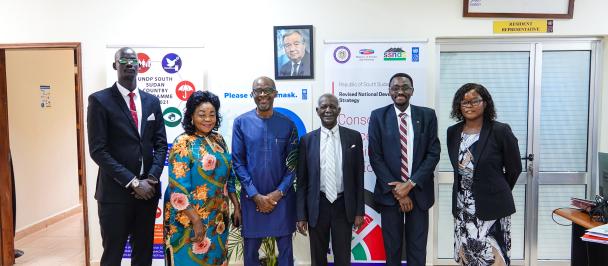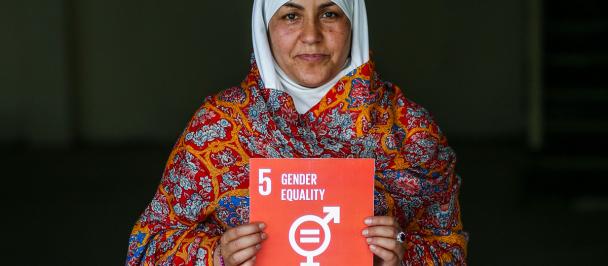The 2030 Agenda for Sustainable Development, and Sustainable Development Goals (SDG) 5 and SDG 16 in particular, address the global responsibility we have to gender equality and women’s representation in public institutions such as the judiciary.
Whom we see representing us in courts matters. People equate a gender diverse judiciary with more representative governance. Diverse judges can ensure a balanced approach to enforcing the law and implementing equality, which in turn builds public trust and confidence in the state.
Since the UN General Assembly adopted the Convention on the Elimination of all Forms of Discrimination Against Women in 1979, women in many countries are becoming leaders in their fields. Yet, many courts still do not adequately reflect the diversity of the communities they serve.
Female representation in the judiciary is varied. In some countries, women make up more than 30 percent of judges, for example in Italy (52.9 percent) El Salvador (48.7 percent), France (70.9 percent), Germany (44.5 percent), Uganda (44 percent), Spain (40 percent) and the USA (34.7 percent). While in others, the numbers are very low. Kuwait has no females, while Iraq has just 7.6 percent, and Nepal 3.8 percent.
But even in the places where more women have been appointed as judges, they are still vastly underrepresented in top-ranking positions. In El Salvador female representation is 35.7 percent in higher courts and 50.4 percent in lower courts while in Germany, female representation is 29.3 percent in higher courts compared to 44.8 percent in lower courts.
Effective responses to these concerns require international and national collaboration. Considering this, UNDP and the Commonwealth Secretariat, together with the International Association of Women Judges, is launching the gender diversity in the judiciary initiative, dedicated to building women’s full and effective participation in the legal profession.
Together we aim to use data on female representation and barriers to gender diverse judicial institutions to provide national decision-makers with evidence to increase gender parity and improve the quality of women’s judicial decision making.
The transformative power of this initiative lies in tackling the discrimination, as well as the social, economic, and structural barriers that women face. We will work with governments, the judiciary, civil society, and female jurists and lawyers to identify ways to remove persisting gender stereotypes relating to entering the legal profession and rising in it.
We will identify strategies to ensure a balance in women’s work-life commitments. The initiative will also analyze the intersectionality of gender with other demographics such as age, disability status, ethnic groups, and linguistic groups and find ways to prevent further discrimination against women.
The initiative will also help to broaden access to justice; the stigma associated with reporting some offences is often compounded by lack of representation in the criminal justice system. A female survivor of sexual and gender-based violence is unlikely to pursue a case if the court is staffed predominantly by male jurists.
We believe that making this important and strategic investment in gender diverse judiciaries, will exemplify the positive change that increased women’s leadership can bring in a state and the international community – offering a significant contribution to the achievement of SDGs 5 and 16.
@EvelynEdroma

 Locations
Locations

